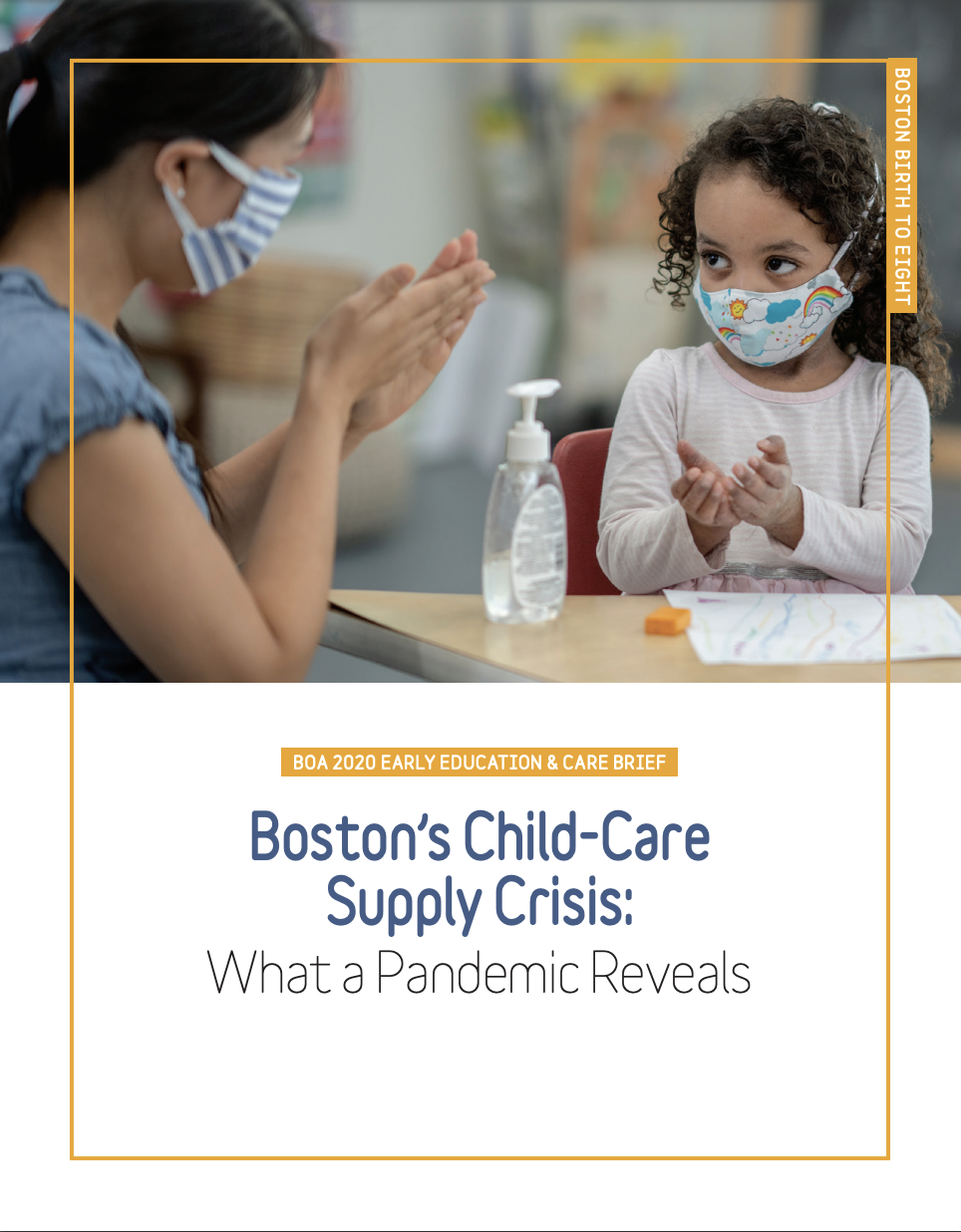Handle with Care: Early Childhood Providers at Risk
November 17, 2020
Like so many problems, this one is not distributed equally. A few neighborhoods saw increases, while others, typically with lower average incomes, saw steep declines. Providers in predominantly Latinx neighborhoods were the most likely to have closed and not reopened as of September. The strongest predictor of providers reopening in September was the number of children whose tuition was supported by subsidies. As part of the state’s emergency measures, subsidies were paid even when children did not attend. Providers with 10 or more children with subsidies were more than four times as likely to reopen in September as those without any. By definition the 10+ students are center-based providers. Family childcare providers tend to be owned and operated by women, often women of color or with immigrant status. They are childcare experts but lack business training and may not be well connected to commercial banks and therefore Paycheck Protection Program benefits. All of these work on extremely slim margins, leaving their survival—and that of the long-term robustness of the sector—at risk. Demand may be lowered now, but what happens as society moves back to working outside the house?
An all-star panel of early childhood professionals discussed different elements of the findings and how their organizations had been engaging with the sector. Panelists moderated by Boston Opportunity Agenda’s Pratima Patil included Ayesha Cammaerts, Children's Hospital Office of Community Health; Kim Lucas, MetroLab Network; James Morton, YMCA of Greater Boston; Amy O’Leary, Strategies for Children; and Melinda Weber, of Shared Services Massachusetts. From their very different vantage points, they contributed to common arguments on behalf of the early childcare sector.
For one, “families are not funding streams,” as many panelists noted, and have to be considered in their entirety—a family may have children in early care, but also in the K–12 system, for example. This is part of the growing understanding of the childcare sector not as a vertical industry but as “the connective tissue in society,” part of an ecosystem with countless interdependencies.
For another, we need to re-set our thinking and our subsequent funding and legislating in regard to early care, given the preponderance of new science indicating the first years of life are the most important for a person’s development. We habitually talk in flowery ways about children being our most precious resource, but we don’t back that up with money or action. “Our system was never designed for the needs of kids, but on parents’ and family needs,” said Strategies for Children’s O’Leary. “We need to come to grips with the significant funding needed, but it’ll be worth it. Think of early care as a public good, the way we do with K–12.” Businesses too, need to support the early ed sector, and as Morton of YMCA pointed out. “It’ll be to their own benefit.”
While parents today face competing fears—of catching or spreading disease, of their children falling behind, of not being a good employee or even losing their job, of not being a great parent, of all the decisions—providers are frantically adapting as they can. Fewer students, more space, more cleaning supplies and PPE, more learning kits to avoid sharing, more efforts in everything—for some it all depletes what margin they had and digs into their savings. To keep these dedicated and hardworking caregivers in business, for their own but above all society’s sake, the research team offered these recommendations:
- Advance the early care and education profession: Expand provider support initiatives.
- Build a better child-care business model: Modernize data systems.
- Increase access and affordability for all families: Expand state investment in child-care.
- Reform child-care financing.
As Melinda Weber from Shared Services Massachusetts observed, “A story is interesting, but a story with numbers is powerful.”

